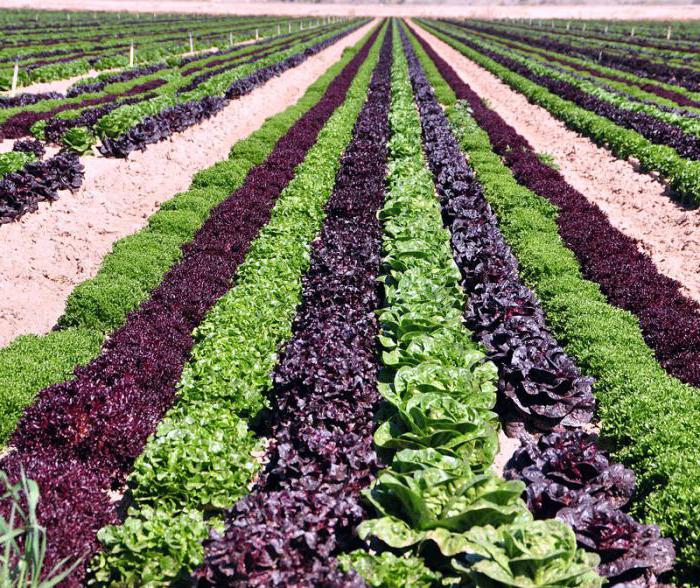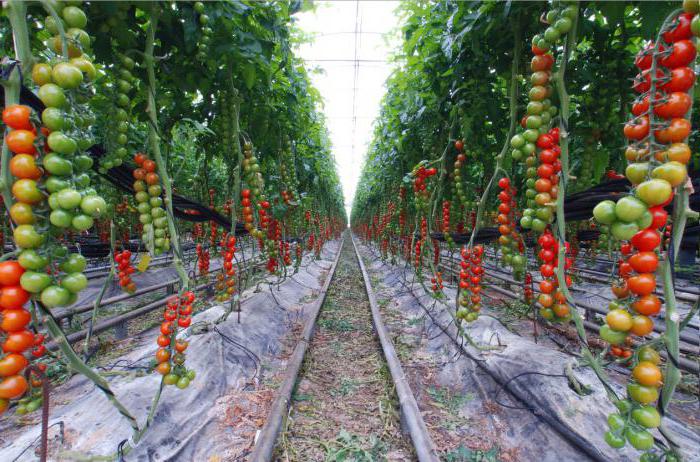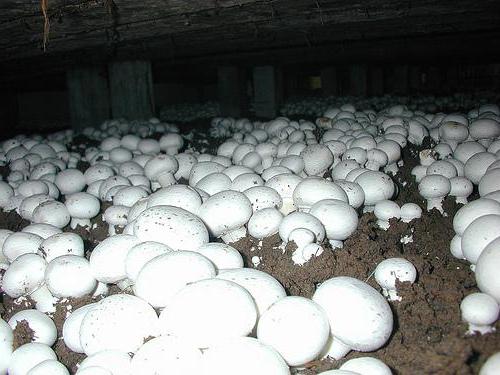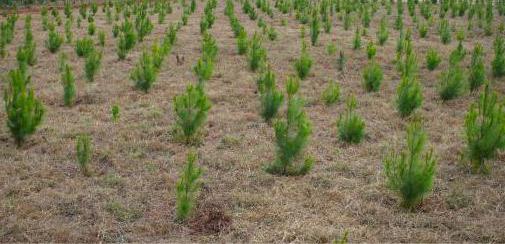Each type of economic activity has a digital designation - a code, and all of them are collected in the OKVED (All-Russian Classifier of Economic Activities) reference book approved by Rosstandart Order No. 14-st dated January 31, 2014 and entered into force on January 2017.
The classifier consists of 17 sections, each of which is devoted to a specific area of entrepreneurship. Types of OKVED "Agriculture" are concentrated in section A and are represented by an extensive list.
General rules for using OKVED
The process of using the data of the All-Russian classifier is associated with the following features:
1. Any business entity may change the OKVED codes an unlimited number of times. There are no restrictions on the number of types of work, but the registration authorities recommend not exceeding 50 points.
2. The presence of one or another code does not oblige one to engage in the activities indicated by it. For example, the presence of a vegetable growing OKVED code in a construction organization does not mean an immediate requirement to organize a garden or a greenhouse. The current situation is such that enterprises form a wide range of types of activities, foreseeing additional areas of work in the future or having in mind their own subsidiary farming.
3. The description of the business area should be as specific as possible - at least 4 digital characters.
4. The descriptions of the types of activities given in the constituent documents of the organization must coincide with the transcript from OKVED.

Features of the directory structure
OKVED agriculture occupies section A of the directory and, in turn, is divided into the following subsections:
- Plant growing (including the cultivation of mushrooms and vegetables), animal husbandry, hunting.
- Forestry and logging.
- Fishing and fish farming.
Each of the sections is divided into corresponding groups of different levels, each of which includes a certain set of activities.
In addition to sections OKVED 01-03, organizations need to pay attention to group 10 of section C (food processing, including agricultural products), code 52.10.3 (warehousing and storage of grain), code 77.31 (rent and leasing of machinery and equipment for agriculture ) and other parts of the directory.
The activities of enterprises are multifaceted and may include a wide range of activities.
OKVED for work in the field of crop production
Crop production is one of the areas of agriculture, which consists in the cultivation (sowing, care, harvesting) of cultivated plants. Since the production of products and raw materials for them is strategically important for the state, the legislator pays special attention to this area. All activities are divided depending on the characteristics of plants and take into account their nutritional value in their location. The classification is expressed as follows:
- Crops are divided into annual, perennial and seedlings.
- Within each grouping, codes are arranged according to the importance of plants in society. For example, in 1st place - sowing and collecting cereals (raw materials for the production of flour and cereals), then - vegetable growing, growing oilseeds, tobacco, spinning plants, etc.
The presence of one or another OKVED code allows organizations and peasant farms to freely cultivate the appropriate type of plants and receive state subsidies.

OKVED for work in the field of mushroom cultivation
Mushrooms are part of the national cuisine and are a familiar product for most residents of the Russian Federation.In a biological sense, they occupy an intermediate position between plants and animals and are separated into a separate kingdom. In the OKVED reference book, mushroom cultivation activities are located in group 01.13, devoted to vegetable growing.
OKVED divides this type of product into types:
1. Cultivated mushrooms - those that are grown from mycelium under controlled conditions (oyster mushrooms, champignons).
2. Wild mushrooms - activity codes for their collection and harvesting are in group 02.30 (Collection of forest food resources) of subsection 02. "Logging".
3. Truffles - a particularly valuable type of mushroom, which is indicated separately in activities. The reasons for this are the high cost of the product, growing conditions (truffles grow on wild, untreated soils) and harvest.
4. Mushroom picker - essentially a "seedling" of mushrooms, which takes place as a separate type of product. Codes of activity for its cultivation are in group 01.30. That is, mycelium is a planting material.

OKVED for work in the field of livestock
The cultivation of animals of different species for the sake of meat, wool, milk and other products is the 2nd largest agricultural sector. The legislator lists in the OKVED groups (animal husbandry) the most important animal species with an indication of the products that can be obtained from them. Exotic representatives and insects are not deprived of attention:
- 01.41. Cattle.
- 01.42. Other types of cattle, except for cows. Buffalos.
- 01.43. Horses and other representatives of the equine order.
- 01.44. Camels
- 01.45. Sheep and goats.
- 01.46. Pigs.
- 01.47. Farm bird.
- 01.49. Other animals (mollusks, earthworms, rabbits, snakes, bees, silkworms, deer, etc.).

OKVED for the provision of agricultural services
The activities of individual agricultural organizations are not associated with the cultivation of plants and animals, but with the provision of services in these areas. As a rule, such enterprises provide customers with the appropriate qualifications and the necessary equipment (tools). Subsection 01.6 includes groups:
- 01.61. Crop services.
- 01.62. Livestock services.
- 01.63. Services provided after harvesting, including primary processing of products, preparation for storage, etc.
- 01.64. Seed treatment.
Separate OKVED of agriculture allocates services in relation to wild animals - capture, shooting, hunting.

OKVED for work in the field of logging
Work in the field of forestry involves the use of subsection 02 of section A of OKVED. Moreover, it is heterogeneous and, in turn, is divided into the following groups:
- 02.1. Forestry and related activities - that is, forest growing. Note that this is not about fruit (fruit) trees and shrubs, but about non-food varieties.
- 02.2. Logging - activity on the use of forest resources, obtaining wood fuel and raw materials for subsequent woodworking.
- 02.3. Harvesting food forest resources (berries, mushrooms, medicinal plants, nuts, lichens, etc.).
- 02.4. The provision of forestry and logging services.

OKVED in the field of product processing
Enterprises that work in the field of agriculture and get material results can be divided into 3 groups:
1. Agricultural producers - organizations that produce (grow) products and sell them in kind or after primary processing.
2. Enterprises that process the grown products and sell the final product.
3. Organizations that are engaged exclusively in the processing of products manufactured by other farms.
In the last 2 cases, the subjects must indicate during registration not only the OKVED of agriculture, but also the codes of section C. Namely:
- 10. Food production.
- 12. Production of tobacco products.
- 13. Production of textile products.
- 15. Production of leather goods.
- 16. Woodworking.
It remains to add that no organization, individual entrepreneur or peasant farms can do without these codes in their business activities.